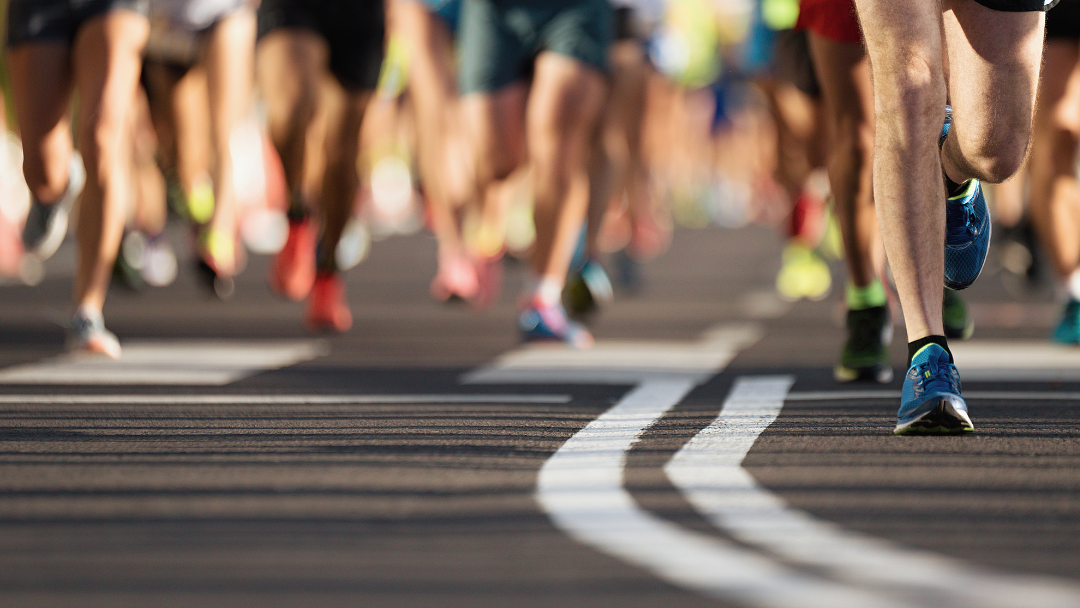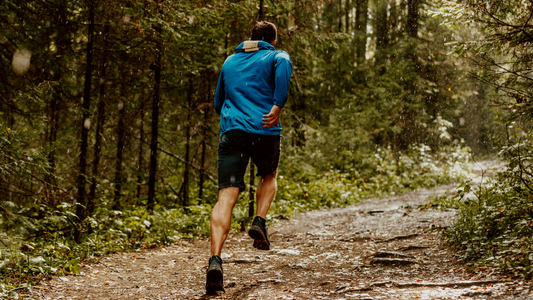How to Prepare Your Joints for a Marathon

Running a marathon is a real challenge for the body. It is an exercise of will, determination, focus and resilience, which needs muscles and the mind to work optimally. Good mental and physical preparation, as well as proper nutrition and hydration, are essential. However, injury prevention is also a big focus in the pre-run training and at the event itself.
Dense bones and healthy joints will help limit the pain when running. Here are some tips for maintaining healthy bones and joints for your upcoming marathon.
Taking Care of the Joints
1. Having the Right Fuel
You might already know that you need adequately balanced food and plenty of hydration to have the energy required to train and run a marathon. Did you know it also plays a key role in recovery and injury prevention?
A balanced diet should include carbohydrates for energy, proteins to repair and build tissue, lipids for energy, absorption of vitamins, fibres for proper digestion and vitamins and minerals to support a healthy metabolism and body functions.
Some vitamins and supplements proved to help support healthy joints. Turmeric is known for its anti-inflammatory, which help reduce joint pain. Glucosamine and chondroitin help protect against the deterioration of cartilage, while calcium helps sustain adequate bone density.
2. Mobility and Stability
Running is a natural exercise for the human body and will be an easy, pain-free exercise for most children.
As we age, our body takes a few bad habits and most people end up living a sedentary lifestyle. This reduces the range of mobility and weakens the muscles in charge of stability. Even when training, we might not challenge our body in a full range of movement. This increases the risk of injury as the body is not ready for unstable grounds when street running.
Ensure your training routine includes mobility and stabilizer muscles exercises for your legs, hips and core.
3. Warm-up and Cool Down
Proper training should always start with a warm-up and end with a cool-down. During the warm-up, you want to focus on raising your body temperature by increasing your heart rate and activating the muscles gradually.
Mobility and stretching exercises can be added to your warm-up to release some stiffness, but they shouldn’t be done for too long and stretching should be dynamic, not static.
In the cool-down phase, we want to slowly return our body to a normal state by reducing the heartbeat with low-effort movements, such as a slow walk, while encouraging blood flow. Mobility exercises and static stretching can be done in this part of the training for optimal results on the joints and muscle fibres.
4. Having the Right Moves
While running is natural, any slight imbalance can make us integrate the wrong movements into our running pattern. In the long term, this can significantly impact the body's performance and cause severe pain and injuries. Most joints should be moving in a range that should be as linear as possible.
Several apps can help slow down the movement to identify issues, but it can be challenging for a beginner to know what can be improved and how to improve it. Many health professionals, such as kinesiologists, physiotherapists and running coaches, can offer their expertise and help you identify potential issues with your movement.
5. Trying Other Forms of Training
Running a marathon is mainly a cardio form of exercise, but including other types of training could help prevent unnecessary wear and tear. Strength exercises can help solidify the joints while also increasing the endurance of your muscles. A low-impact form of cardio (cycling, swimming or using an elliptical machine) can also help improve cardio while reducing the impact on your ankles and knees.
6. Recovery
Training or running when tired or overtrained is the best way to get hurt! Make sure you get a proper amount of sleep every night. You may feel the need to sleep even more with the increase in energy spent training during the day.
A part of recovery is rehydrating with liquids and electrolytes, replenishing energy reserves with carbohydrates and ensuring your body has plenty of proteins to build and repair muscles. You might also want to reduce inflammation caused by exercising and treat injuries as soon as possible before they get worse. Remember to tend to tired and sore muscles as well.
Take care of your body and your body will take care of you. Check out our 6 natural supplements for joint pain and stiffness to help you and your joints get ready for the marathon.
 Free returns & exchanges
Free returns & exchanges



